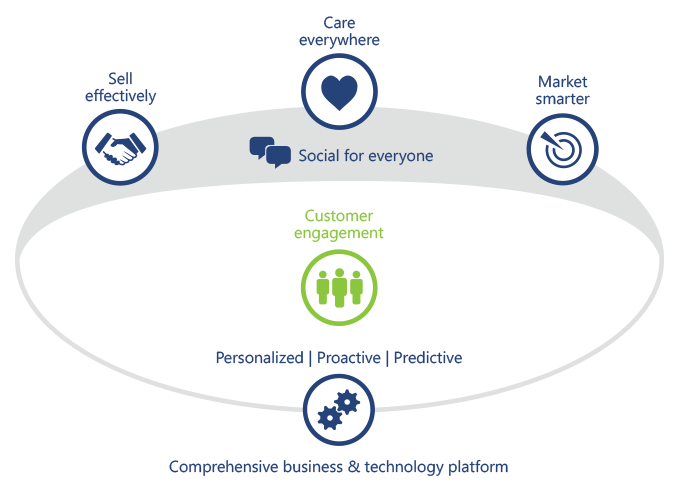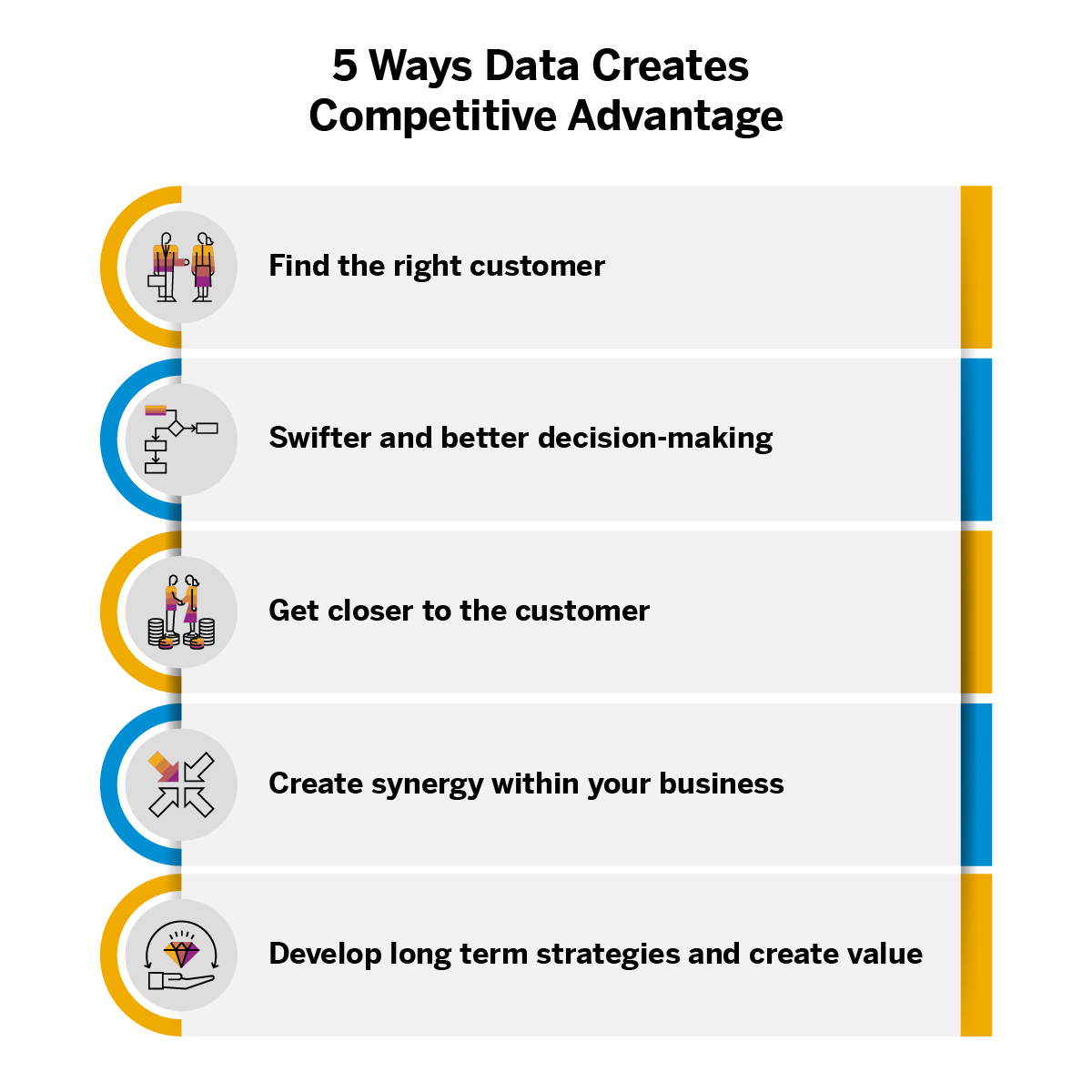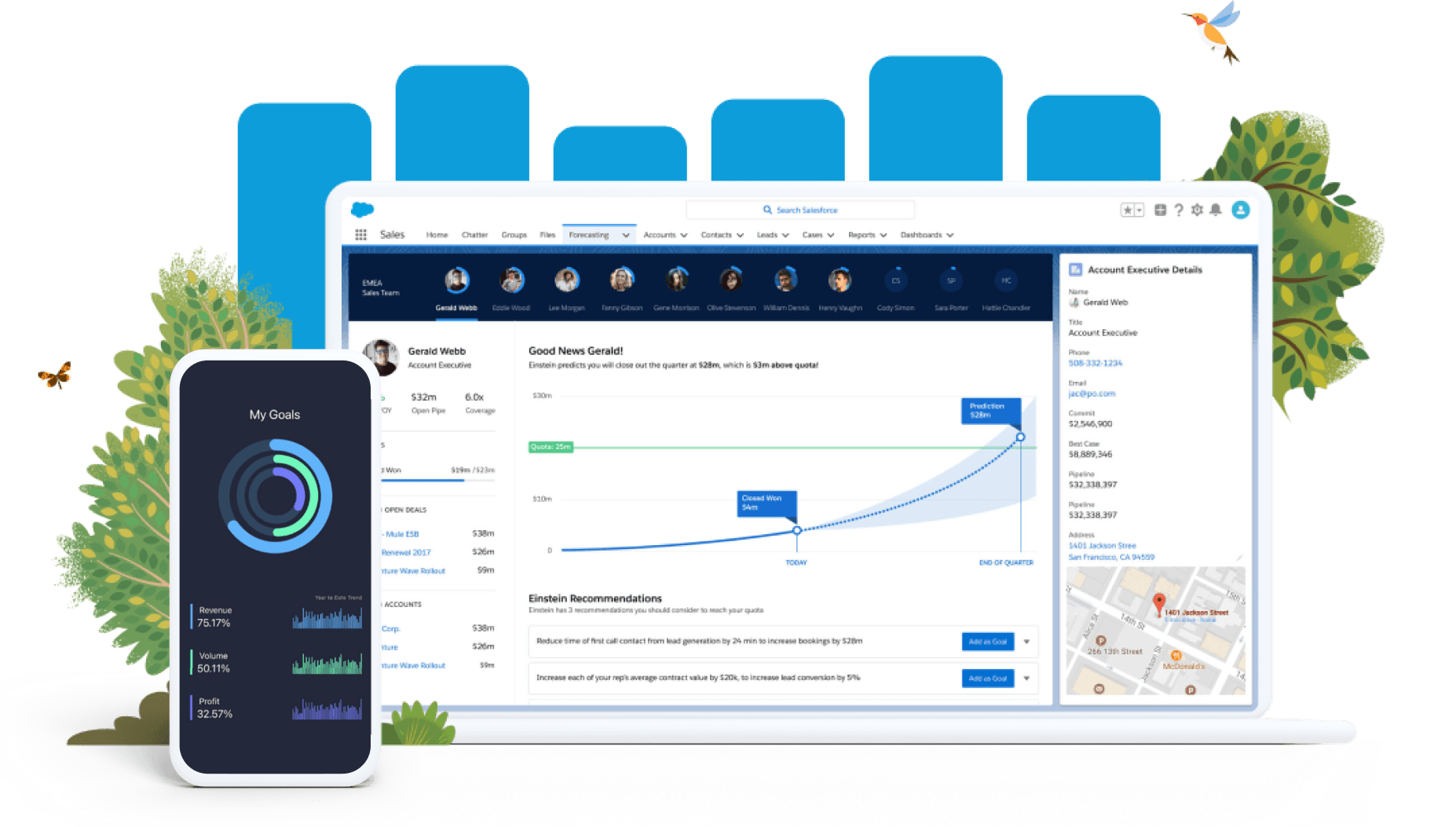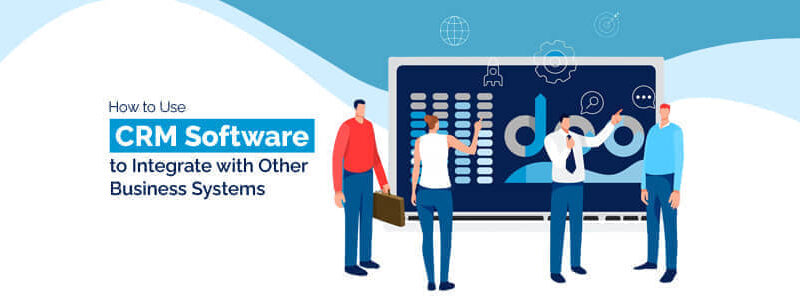In today’s fast-paced business environment, staying ahead of the competition requires more than just intuition and experience. Real-time CRM analytics provide the insights needed to make informed decisions swiftly and effectively.
By harnessing the power of real-time data, businesses can gain a deeper understanding of customer behavior, preferences, and needs, allowing for personalized interactions and timely interventions. This not only enhances customer satisfaction and loyalty but also drives revenue growth and operational efficiency.
In this article, we explore how leveraging real-time CRM analytics can give your business the competitive edge it needs to thrive in a dynamic market.
Gain a Competitive Edge with Real-Time CRM Analytics
In today’s fast-paced business environment, staying ahead of the competition requires more than just good customer service. Real-time CRM analytics empower businesses to make data-driven decisions swiftly, enhancing customer satisfaction and driving growth.
By leveraging real-time insights, companies can identify trends, predict customer behavior, and tailor their strategies to meet evolving market demands. This not only fosters stronger customer relationships but also optimizes operational efficiency, ultimately leading to a significant competitive advantage.
Understanding Real-Time CRM Analytics
Real-time CRM analytics involve the continuous monitoring and analysis of customer data as it is generated. Unlike traditional batch processing, which can result in delayed insights, real-time analytics provide immediate visibility into customer interactions and behaviors.
This allows businesses to respond quickly to changing conditions, such as shifts in customer preferences or emerging market trends.
By integrating real-time analytics into their CRM systems, companies can ensure that their decision-making processes are always informed by the most up-to-date information, leading to more effective and timely actions.
Key Benefits of Real-Time CRM Analytics
The implementation of real-time CRM analytics offers several key benefits that can significantly enhance a company’s competitive stance. Firstly, it enables proactive customer engagement by allowing businesses to address issues and opportunities as they arise, rather than waiting for periodic reports.
Secondly, it improves personalization efforts, as real-time data can be used to create highly targeted marketing campaigns and customer experiences. Lastly, it enhances operational efficiency by streamlining workflows and automating routine tasks, freeing up resources for more strategic initiatives.
These benefits collectively contribute to a more agile and responsive business model.
Case Studies: Successful Implementation of Real-Time CRM Analytics
Several companies have successfully leveraged real-time CRM analytics to gain a competitive edge. For example, a leading e-commerce platform used real-time analytics to monitor customer browsing patterns and purchase histories, enabling them to offer personalized product recommendations and targeted promotions.
This resulted in a significant increase in conversion rates and customer loyalty. Similarly, a financial services firm implemented real-time analytics to detect and prevent fraudulent transactions, thereby enhancing security and trust.
These case studies demonstrate the tangible impact of real-time CRM analytics on business performance and customer satisfaction.
| Benefit | Description |
|---|---|
| Proactive Customer Engagement | Respond to issues and opportunities in real-time, leading to higher customer satisfaction. |
| Enhanced Personalization | Create highly targeted marketing campaigns and customer experiences using real-time data. |
| Improved Operational Efficiency | Streamline workflows and automate routine tasks, freeing up resources for strategic initiatives. |
How does CRM provide a competitive advantage?

Customer Relationship Management (CRM) systems are designed to help businesses manage their interactions with current and potential customers.
By centralizing customer data, automating processes, and providing valuable insights, CRM can significantly enhance a company’s competitive advantage. CRM allows businesses to understand their customers better, personalize interactions, and deliver superior service, leading to increased customer satisfaction, loyalty, and ultimately, higher revenue.
Additionally, CRM systems can streamline operations, reduce costs, and improve the overall efficiency of the sales and marketing processes. These advantages enable companies to stay ahead of their competition by building stronger customer relationships and optimizing their business strategies.
Enhanced Customer Insights
CRM systems collect and organize vast amounts of customer data, including purchase history, preferences, and interactions.
This data can be analyzed to gain a deeper understanding of customer behavior and preferences. By leveraging these insights, businesses can:
- Create more targeted and effective marketing campaigns that resonate with specific customer segments.
- Identify upselling and cross-selling opportunities to increase revenue.
- Anticipate customer needs and proactively address issues, leading to higher customer satisfaction and loyalty.
Efficient Sales and Marketing Automation
CRM systems automate many sales and marketing processes, such as lead management, email campaigns, and customer outreach. This automation not only saves time but also ensures that these processes are consistent and effective. Some key benefits include:
- Streamlined lead management, from initial contact to conversion, ensuring no potential customer is overlooked.
- Automated email campaigns that can be personalized and sent at optimal times to maximize engagement.
- Centralized customer data that enables sales teams to quickly access and update customer information, improving their productivity and effectiveness.
Improved Customer Service and Support
CRM systems provide tools for managing customer service and support, ensuring that customer issues are resolved promptly and efficiently. This leads to higher customer satisfaction and loyalty. Key features include:
- Cases and ticket management systems that track and prioritize customer issues, ensuring they are addressed in a timely manner.
- Knowledge bases and self-service portals that empower customers to find answers to common questions on their own.
- Integration with communication channels like email, chat, and social media, enabling seamless and omnichannel support experiences.
How does business analytics provide a competitive edge?

Business analytics provides a competitive edge by enabling companies to make data-driven decisions that are more informed and precise. By analyzing large volumes of data, businesses can identify trends, patterns, and insights that might not be apparent through conventional methods.
This data-driven approach helps in improving operational efficiency, optimizing marketing strategies, enhancing customer experiences, and fostering innovation. Companies that leverage business analytics can react more quickly to market changes, stay ahead of competitors, and achieve a sustainable advantage in their industry.
Enhanced Decision-Making
Business analytics empowers companies to make more informed decisions by providing deep insights into various business functions. By using advanced analytics techniques like predictive modeling and machine learning, organizations can forecast future trends and outcomes with greater accuracy.
This helps in strategic planning and risk management, ensuring that decisions are based on solid data rather than intuition or guesswork.
- Data-driven insights lead to more accurate forecasting and budgeting.
- Advanced analytics can identify potential risks and opportunities, allowing for proactive strategies.
- Predictive models help in optimizing resource allocation and improving operational efficiency.
Customer Personalization and Engagement
One of the key benefits of business analytics is the ability to understand customer behavior and preferences in granular detail. By analyzing customer data, businesses can segment their audience, tailor marketing messages, and create personalized experiences that resonate with individual customers. This not only enhances customer satisfaction but also increases customer loyalty and retention.
- Customer segmentation allows for targeted marketing campaigns that are more effective.
- Personalized recommendations and offers can improve customer engagement and sales.
- Real-time analytics enable businesses to respond quickly to customer feedback and preferences.
Innovation and Product Development
Business analytics supports innovation by providing insights into market trends and customer needs. By analyzing data from various sources, companies can identify gaps in the market and opportunities for new products or services. This data-driven approach to innovation helps in reducing the risk associated with new ventures and ensures that resources are allocated to the most promising opportunities.
- Data analysis can identify emerging consumer trends and unmet needs.
- Customer feedback and usage data can inform product improvements and new features.
- Market analysis helps in validating the viability of new product ideas before launch.
What is CRM in analytics?

CRM in analytics refers to the process of using Customer Relationship Management (CRM) systems to gather, analyze, and interpret data about customers.
CRM analytics involves leveraging various types of customer data, such as demographics, purchase history, interaction logs, and feedback, to gain insights that can inform business strategies and improve customer engagement.
By integrating CRM with analytics, organizations can better understand customer behavior, preferences, and needs, which can lead to more effective marketing, sales, and service initiatives. CRM analytics tools typically provide advanced features like predictive analytics, customer segmentation, and real-time reporting to help businesses make data-driven decisions.
Key Components of CRM Analytics
CRM analytics encompasses several key components that work together to provide comprehensive insights into customer data. These components include:
- Data Collection: Gathering data from various sources such as CRM systems, social media, and customer interactions to create a holistic view of the customer.
- Data Integration: Combining data from different sources to ensure a unified and consistent dataset for analysis.
- Data Analysis: Using statistical and machine learning techniques to identify trends, patterns, and insights within the data.
Benefits of CRM Analytics
The integration of CRM and analytics offers numerous benefits that can significantly enhance business operations. Some of the key benefits include:
- Improved Customer Understanding: By analyzing customer data, businesses can gain a deeper understanding of customer needs, preferences, and behavior, enabling more personalized and effective interactions.
- Enhanced Marketing Efforts: CRM analytics can help in creating targeted marketing campaigns that resonate with specific customer segments, improving conversion rates and customer retention.
- Optimized Sales Performance: Insights from CRM analytics can guide sales teams in identifying high-potential leads and opportunities, streamlining the sales process, and increasing overall sales efficiency.
Challenges in Implementing CRM Analytics
While CRM analytics can provide substantial benefits, there are also several challenges that organizations may face during implementation. These challenges include:
- Data Quality: Ensuring the accuracy and consistency of data is crucial for reliable analytics. Poor data quality can lead to incorrect insights and misguided business decisions.
- Integration Complexity: Integrating CRM systems with other data sources and analytics tools can be technically challenging, requiring significant resources and expertise.
- User Adoption: Convincing employees to use CRM analytics tools and adopt data-driven practices can be a barrier, as it often requires changes in workflows and mindset.
Frequently Asked Questions
How can real-time CRM analytics provide a competitive edge?
Real-time CRM analytics offer a competitive edge by providing immediate insights into customer behavior, enabling faster and more informed decision-making. This allows businesses to quickly adapt to market changes, personalize customer interactions, and optimize sales strategies, ultimately leading to higher customer satisfaction and increased revenue.
What are the key benefits of using real-time CRM analytics?
Key benefits include enhanced customer insights, real-time tracking of sales performance, improved marketing effectiveness, and streamlined customer service. These analytics help in identifying trends, predicting customer needs, and automating processes, which can significantly boost operational efficiency and customer loyalty.
How does real-time CRM analytics improve customer engagement?
Real-time CRM analytics improve customer engagement by enabling personalized and timely interactions. By analyzing customer data in real-time, businesses can tailor communications, offers, and support to individual preferences, leading to higher engagement levels, better customer experiences, and stronger long-term relationships.
What are some practical applications of real-time CRM analytics in business?
Practical applications include personalized marketing campaigns, dynamic pricing strategies, real-time inventory management, and proactive customer support. These applications help businesses to respond quickly to customer needs, optimize sales funnels, and enhance overall customer satisfaction, driving business growth and profitability.


